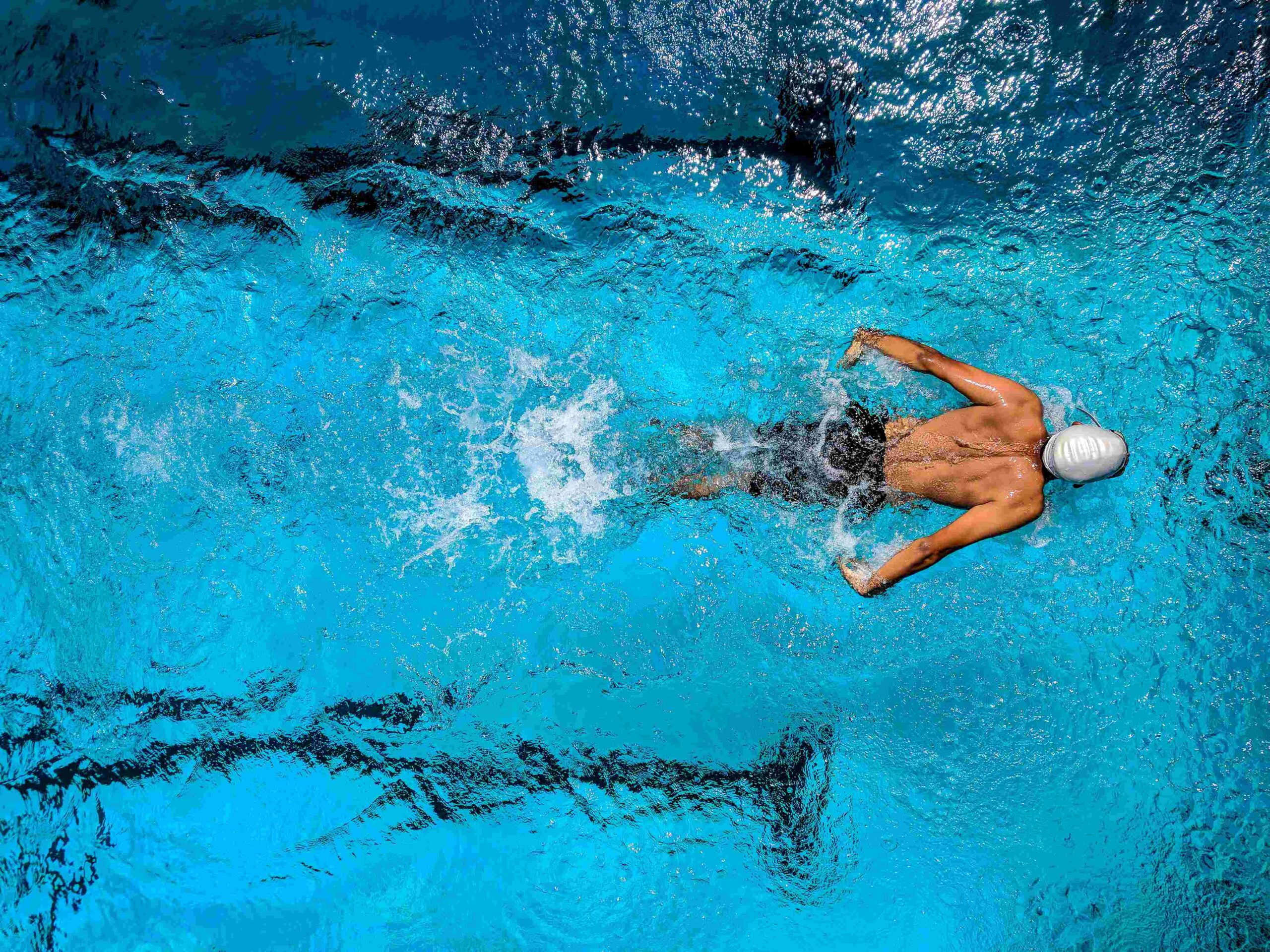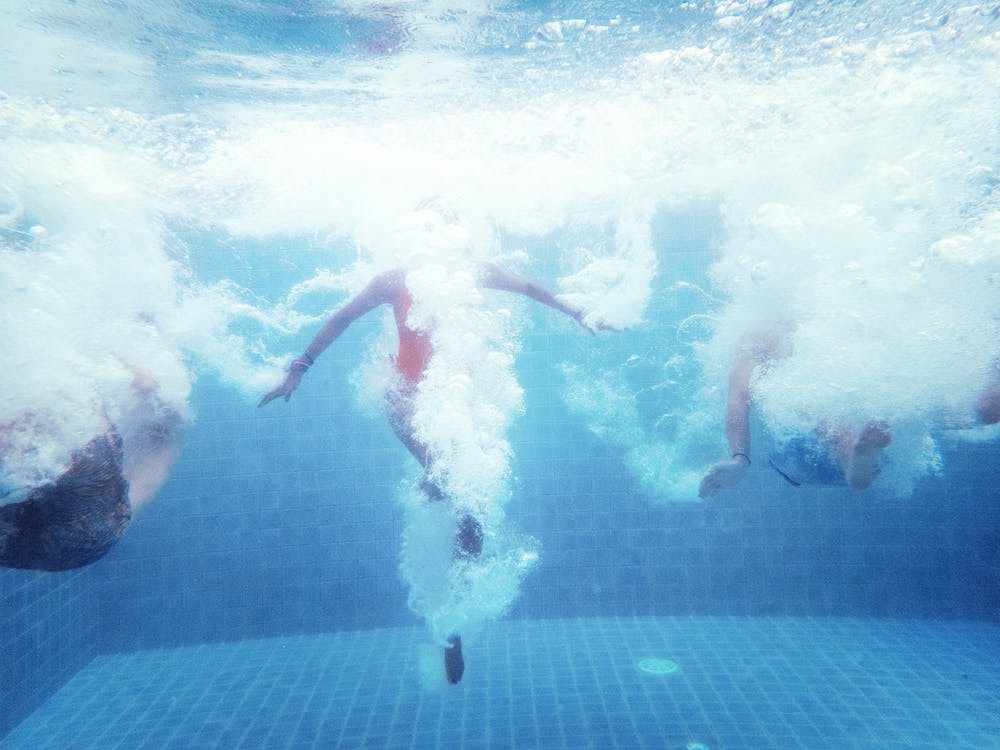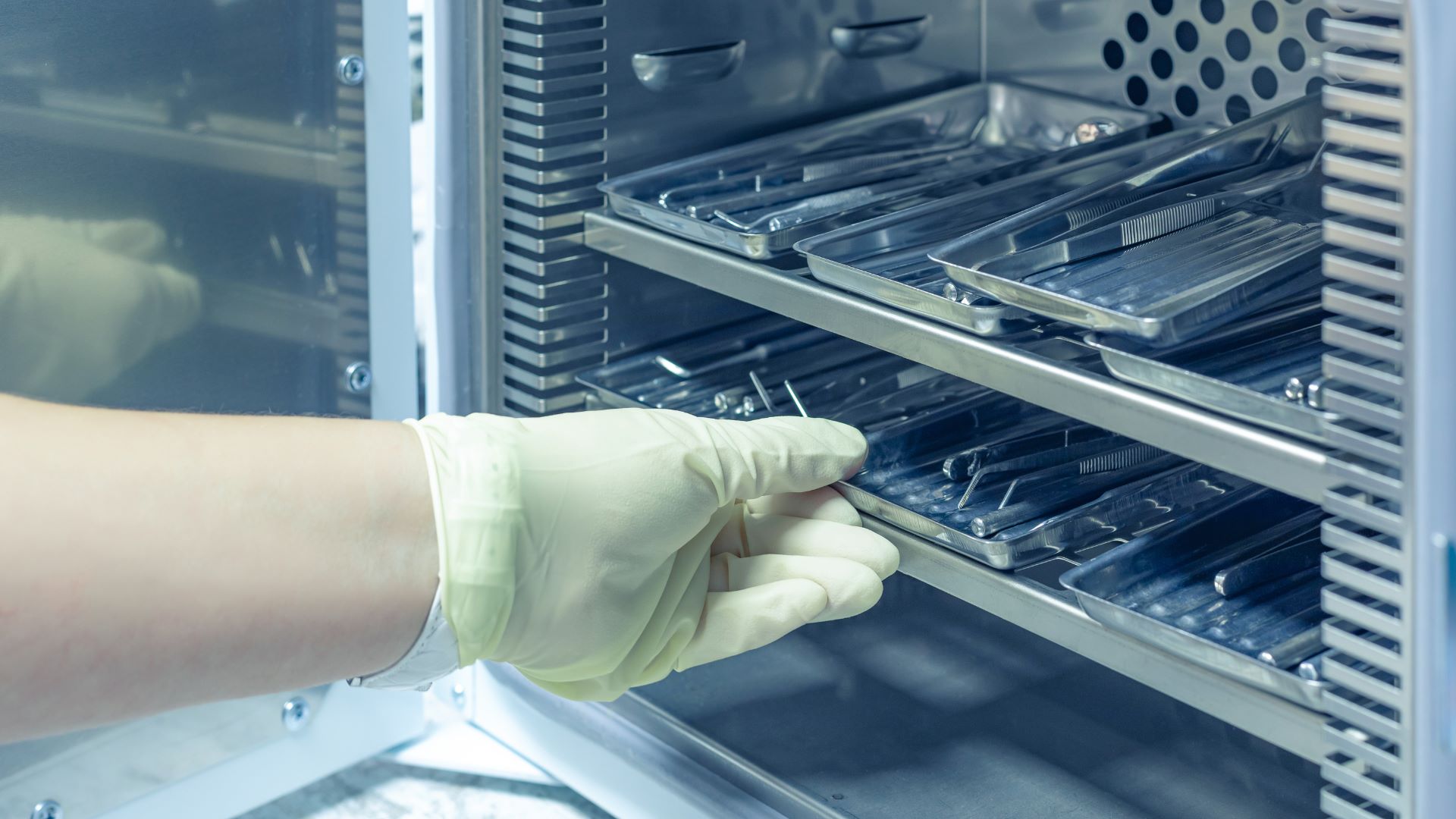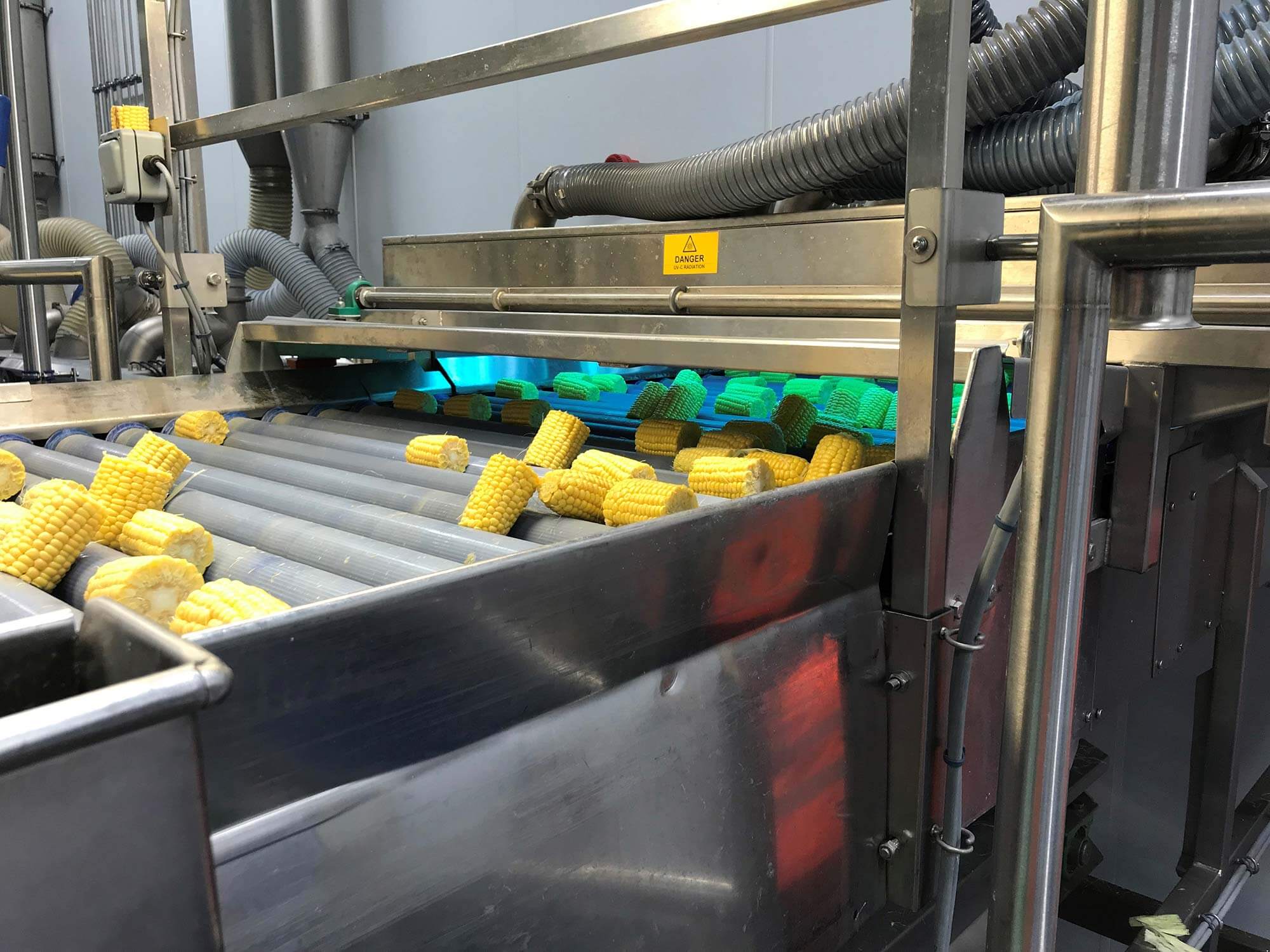UV vs Chlorine treatment: Choosing your water treatment solution
When searching for the right water disinfection solution, it is important you make the right choices. Whether you’re looking for commercial or domestic purposes, there are a number of methods that can ensure safe and clean water. Here we compare UV vs Chlorine water treatment.
More recently, UV water treatment has been successfully used around the world as an effective alternative to chemical disinfection treatment like Chlorine. Chlorine is inexpensive, however, it is highly toxic and has to be handled with caution and stored in large tanks under pressure.
One great benefit to using UV water disinfection is that it does not produce harmful by-products and is non-toxic to the environment. This method is a highly accepted, safe and cost-effective alternative that produces no by-products or chemical residue that can harm the environment.
Simply, UV disinfection adds nothing to the water but UV light! This physical and chemical-free process adds no chemicals to the water, meaning that the system can be placed both indoors or outdoors and does not need its own building to avoid health and safety risks.
When looking for your water disinfection method you should consider 3 main aspects, 1) effectiveness, 2) safety, and 3) cost.
1) Effectiveness of UV disinfection
Although UV water disinfection is the safer and the more cost-effective alternative, you must also ensure you choose the most effective solution to disinfect the water, not leaving those pesky pathogens to chance!
In short, both disinfection methods are reliable and can protect you and the public against pathogens which can include bacteria and viruses, however, there are certain pathogens such as Cryptosporidium that are in fact Chlorine resistant – but can be disinfected by UV water treatment. This is due to UV water disinfection being a physical process, which is both time, cost, and space effective!
2) Safety of UV disinfection
Although UV water disinfection is the safer alternative to Chlorine disinfection, UV disinfection equipment should also be treated with caution. The risks are low, but you should always ensure you have a safety plan in place that reduces exposure to high levels of UV light and electrical hazards. If you have any concerns about any PPE equipment you should wear, the correct procedure for lamp maintenance, replacement, or monitoring, or methods to dispose of your UV lamps and other UV equipment, please contact the UVO3 team today and we will be happy to discuss with you our recommendations.
3) Cost of UV disinfection
When calculating the costs of your UV disinfection method you should look at its lifecycle, which includes setup, maintenance, running costs, and replacements. This will enable you to look at the long-term cost-effectiveness of your new water disinfection solution.
Typically if you were to set up water disinfection with Chlorine then the actual Chlorination equipment would be only a small cost, however, with this method, you also need large chlorine tanks, additional concrete, civil work, excavation, and construction too. Due to the hazards this method brings, it also means you need safety precautions too, including emergency scrubbers, various protectors, and operators to prevent a gas leak.
However, UV disinfection only has a fraction of the footprint meaning that you will gain more space as well as save money too. A concrete channel also needs to be constructed for this method, however, this is cheaper as the overall size of the system is considerably smaller. Another aspect that makes this a cheaper alternative is that UV water disinfection can occur in a matter of seconds, whereas retention time for Chlorine is much higher.
If you are looking or effective water treatment for your swimming pools then take a look at our commercial systems for swimming pools.
If you have any queries or concerns regarding set up, maintenance, replacement parts, labour required, safety, or costs relating to UV water disinfection or other water disinfection methods, contact our team today who will be happy to answer any questions you have.






